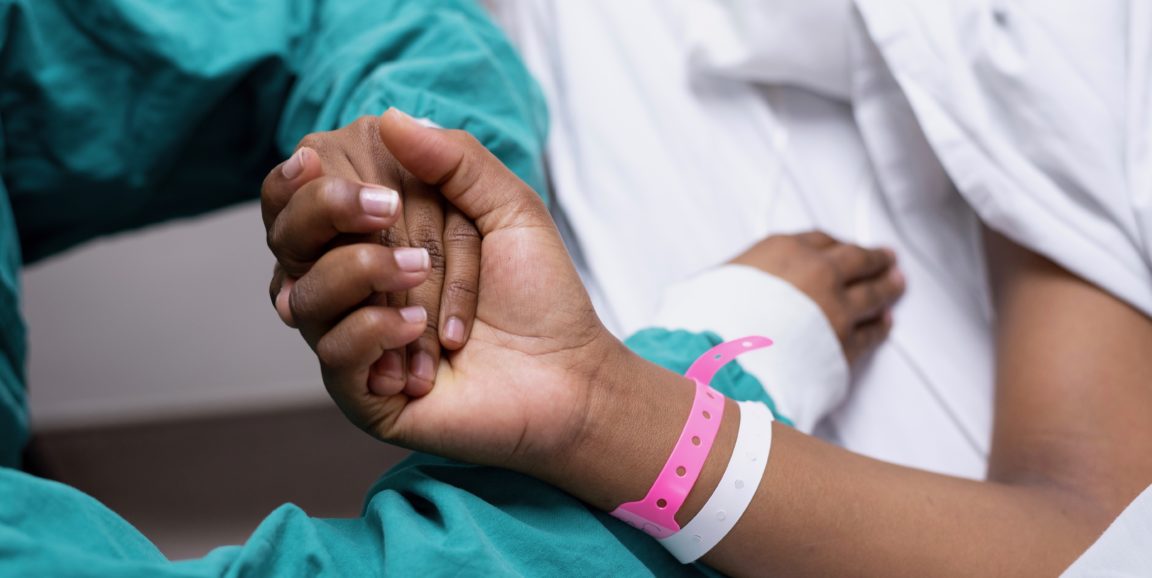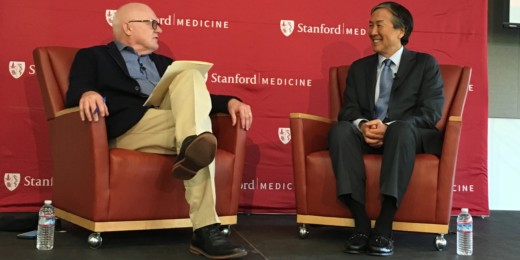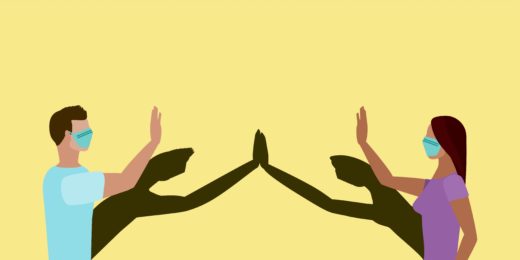COVID-19 has had a devastating impact across the country, but not all populations have felt its effect equally: Members of the Black and Latinx communities have had a disproportionate number of cases and deaths from COVID-19.
"This pandemic is a real wake-up call for us," says Yvonne Maldonado, MD, Stanford senior associate dean of faculty development and diversity and professor of pediatrics and of health research and policy. "Rather than cursing the darkness, we need to light a candle. And we have plenty of candles at Stanford."
In a Q&A for Stanford Medicine's Recover, Restore and Re-open project, Maldonado and Melissa Bondy, PhD, professor and chair of the department of epidemiology and public health, discuss how COVID-19 has shaped Stanford Medicine's understanding of health disparities and how the institution is responding.
This is a condensed version of their conversation.
What factors led to the inequitable impact of COVID-19, and why have certain populations been more affected?
Bondy: The COVID-19 pandemic has hit minority communities harder because they have less of an opportunity to distance themselves. Many have essential jobs that prevent them from working from home, or they may live in small quarters and are unable to isolate themselves.
Maldonado: With COVID-19, the lower the income and the higher the population density, the more likely people will be infected. There may be biological and virologic reasons as well, but finding solutions to those won't fix the problem as long as you have other disparities.
What steps has Stanford Medicine taken to address the inequitable impact of COVID-19?
Bondy: We've held town halls in Spanish on social media to understand the most significant issues related to the pandemic impacting the Latinx community. We also have engaged all of the counties in California to build dashboards that pull information together. These efforts -- our research, outreach and collaborations -- have provided a clearer picture of the problem and steps toward a solution.
Maldonado: We have developed relationships with community health centers and clinics who serve under- or uninsured populations to offer education and testing. We are partnering with Bay Area county health departments to provide prevalence and seroepidemiologic data so that they can identify areas of highest infections and with disparities that need to be addressed in the pandemic.
How can learnings from COVID-19 impact how Stanford Medicine addresses health disparities?
Bondy: I lived in Houston during Katrina and can still see the faces of the people affected by that hurricane. Now, we're confronted by COVID-19's inequitable impact. We're also witnessing an awakening to racial justice. These factors make it clear that we're not just fighting the COVID-19 pandemic; we're fighting the pandemic of systemic racism.
Maldonado: The inequitable impact of disease is a societal issue, and I believe that is where Stanford Medicine can address these issues. For example, we can discover differences and map them from an epidemiological perspective. Or, we can conduct research that tracks genetic and epigenetic changes that occur purely as a result of socioeconomic differences. If we do a better job of making those disparities clear, it will create a rising tide that lifts all boats. We would improve our health care systems and our health care status across the board.
Photo by Inez
Recover, Restore and Re-open -- or R3 -- is a framework developed by experts at Stanford Medicine to provide scientifically based guidance for communities and organizations as they navigate the COVID-19 pandemic.






